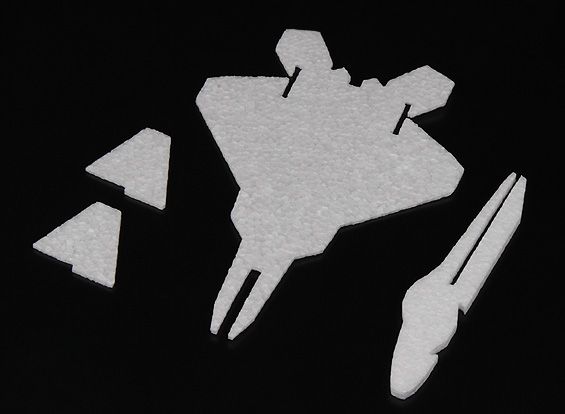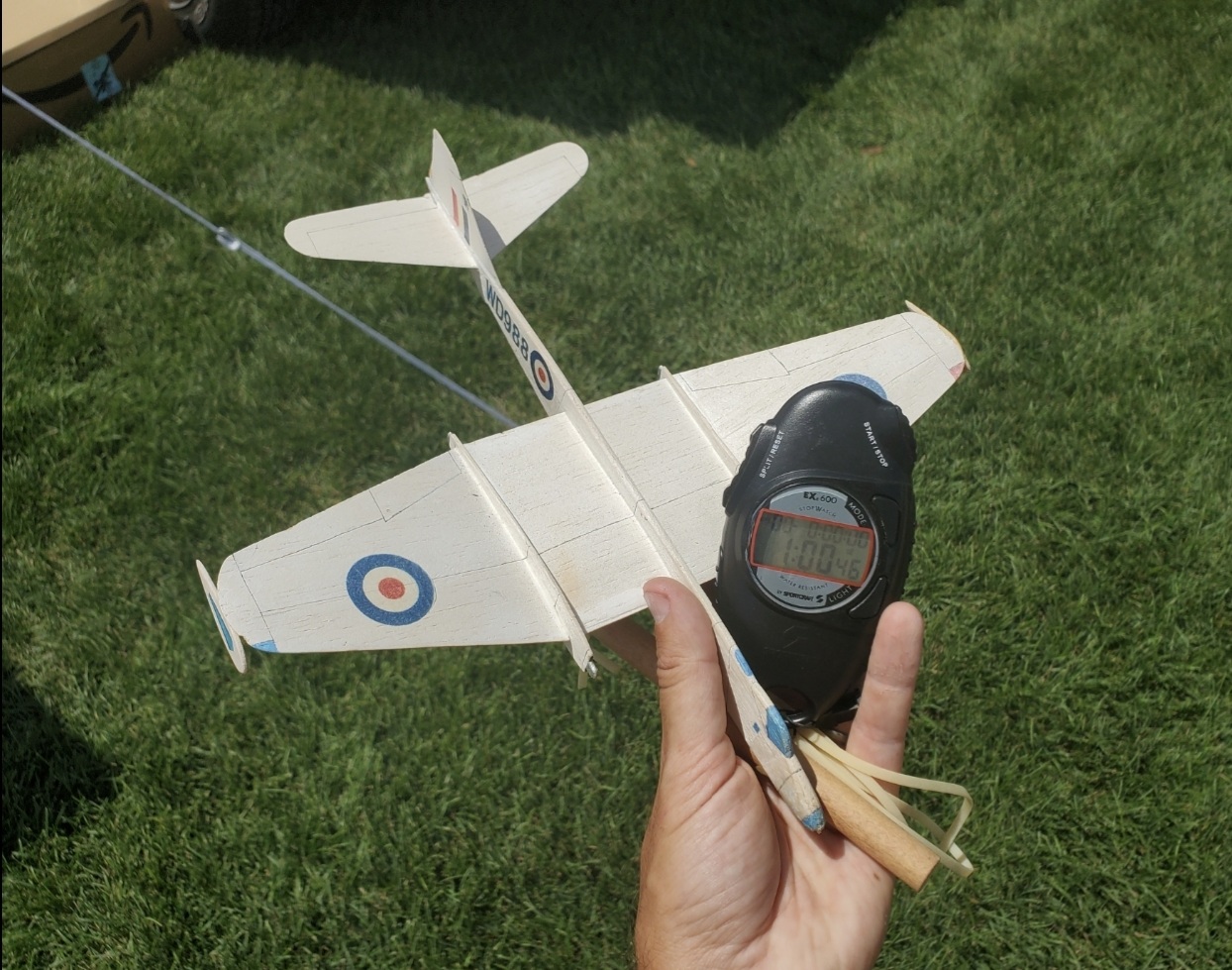

The catapult officer releases the pistons, the force causes the holdbacks to release, and the steam pressure slams the shuttle and plane forward. The holdback keeps the plane on the shuttle while the engines generate considerable thrust. A 17,000-kg jet takes off from an aircraft carrier via a catapult (Fig. When the cylinders are charged to the appropriate pressure level, the pilot blasts the plane's engines. If there's too much pressure, the sudden jerk could break the nose gear right off. If the pressure is too low, the plane won't get moving fast enough to take off, and the catapult will throw it into the ocean. The catapult officer carefully monitors the pressure level so it's just right for the particular plane and deck conditions. Initially, the pistons are locked into place, so the cylinders simply build up pressure. This steam provides the necessary force to propel the pistons at high speed, slinging the plane forward to generate the necessary lift for takeoff. When the plane is ready to go, the catapult officer opens valves to fill the catapult cylinders with high-pressure steam from the ship's reactors. The shuttle of catapult number four on USS John Stennis The two lugs extend through rubber flanges, which seal the cylinders, and through a gap in the flight deck, where they attach to a small shuttle. The pistons each have a metal lug on their tip, which protrudes through a narrow gap along the top of each cylinder. The ancient Greeks and Romans used a heavy crossbowlike weapon known as a ballista to shoot arrows and darts as well as stones at enemy soldiers. Each catapult consists of two pistons that sit inside two parallel cylinders, each about as long as a football field, positioned under the deck. catapult, mechanism for forcefully propelling stones, spears, or other projectiles, in use mainly as a military weapon since ancient times. To determine the work done on the jet by the catapult during the launch, we need to find the area under the force vs. Getting air moving over the deck is important, but the primary takeoff assistance comes from the carrier's four catapults, which get the planes up to high speeds in a very short distance. This air moving over the wings lowers the plane's minimum takeoff speed. To make takeoff a little easier, carriers can get additional airflow over the flight deck by speeding through the ocean, into the wind, in the direction of takeoff.

If you've read How Airplanes Work, you know that an airplane has to get a lot of air moving over its wings to generate lift.


 0 kommentar(er)
0 kommentar(er)
